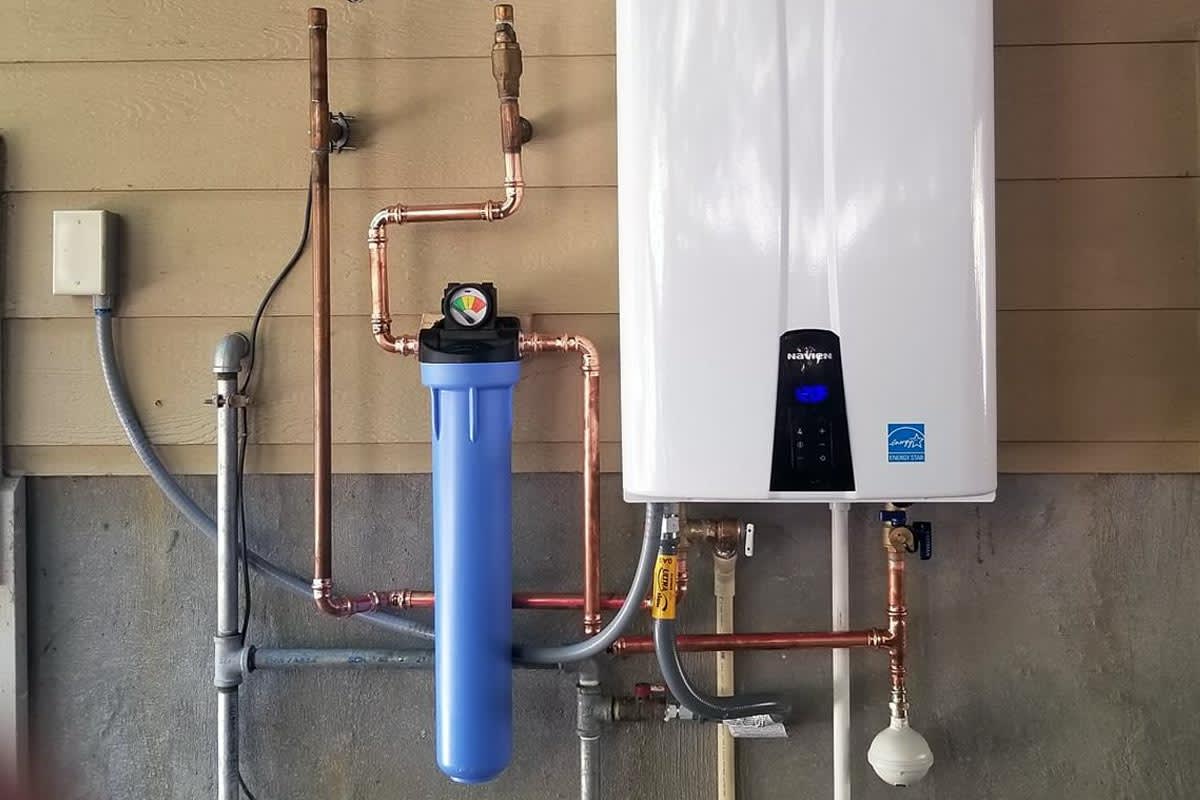Were you interested in answers on What Kind of Maintenance Do Water Heaters Need??

Warm water is vital for everyday comfort, whether it's for a refreshing shower or cleaning meals. To ensure your warm water system runs effectively and lasts longer, regular upkeep is crucial. This short article provides sensible ideas and insights on how to keep your home's warm water system to avoid disturbances and expensive repairs.
Intro
Maintaining your home's hot water system may seem complicated, but with a couple of easy actions, you can ensure it runs smoothly for several years to find. This overview covers everything from recognizing your hot water system to DIY upkeep suggestions and recognizing when to contact professional assistance.
Importance of Keeping Your Hot Water System
Normal maintenance not just extends the life expectancy of your warm water system however also guarantees it operates efficiently. Ignoring maintenance can cause lowered performance, higher power costs, and even early failing of the system.
Signs Your Warm Water System Needs Upkeep
Recognizing when your hot water system needs focus can prevent major concerns. Watch out for indicators such as inconsistent water temperature, odd sounds from the heating unit, or rustic water.
Recognizing Your Hot Water System
Before diving right into upkeep tasks, it's valuable to recognize the fundamental parts of your hot water system. Normally, this consists of the hot water heater itself, pipes, anode rods, and temperature controls.
Monthly Maintenance Tasks
Routine regular monthly checks can assist capture small issues before they intensify.
Purging the Hot Water Heater
Purging your water heater removes sediment accumulation, boosting performance and prolonging its life.
Checking and Replacing Anode Rods
Anode rods prevent corrosion inside the storage tank. Evaluating and changing them when broken is crucial.
Examining and Changing Temperature Settings
Changing the temperature settings guarantees ideal performance and safety.
DIY Tips for Maintenance
You can do a number of maintenance tasks yourself to keep your warm water system in leading problem.
Looking for Leakages
Consistently evaluate pipelines and links for leaks, as these can result in water damages and higher bills.
Testing Stress Alleviation Valves
Checking the stress relief valve ensures it works correctly and prevents too much stress accumulation.
Insulating Pipes
Insulating warm water pipelines minimizes heat loss and can save power.
When to Call an Expert
While DIY maintenance is advantageous, some issues call for expert know-how.
Complicated Issues Requiring Expert Assistance
Instances consist of significant leakages, electric troubles, or if your water heater is regularly underperforming.
Regular Professional Maintenance Benefits
Specialist maintenance can consist of detailed examinations, tune-ups, and making sure compliance with security requirements.
Conclusion
Normal maintenance of your home's warm water system is necessary for efficiency, long life, and expense financial savings. By complying with these tips and recognizing when to seek specialist assistance, you can ensure a trusted supply of hot water without unanticipated interruptions.
How to Maintain an Instant Hot Water Heater
Before tinkering with your hot water heater, make sure that it’s not powered on. You also have to turn off the main circuit breaker and shut off the main gas line to prevent accidents. Also turn off the water valves connected to your unit to prevent water from flowing into and out of the appliance. 2. When you’re done, you have to detach the purge valves’ caps. These look like the letter “T†and are situated on either side of the water valves. Doing so will release any pressure that has accumulated inside the valves while at the same time avoid hot water from shooting out and burning your skin. 3. When the purge valves’ caps are removed, you have to connect your hosing lines to the valves. Your unit should have come with three hoses but if it didn’t, you can purchase these things from any hardware or home repair shops. You can also get them from retail stores that sell water heating systems. Read the user’s manual and follow it to complete this task properly. When the hosing lines are connected, open the purge port’s valves. 4. You should never use harsh chemical cleaners or solutions when cleaning your unit. Make use of white vinegar instead. It should be undiluted and you’ll probably use about 2 gallons. 5. Now flush your water heater. This task should probably take about 40 minutes. We can’t give you specific directions for this because the procedure is carried out depending on the type, model and brand of your heater. With that being said, refer to the user’s manual. 6. When you’re done draining the unit, you have to turn off the purge port valves again. Remove the hosing lines that you earlier installed on each of the water valves. Put the valve caps (purge port) back in their respective places and be very careful so as not to damage the rubber discs that are found inside these caps. 7. Now that everything’s back in place, check your user’s manual again to find out how to reactivate your water heating system. 8. Once it is working, turn one of your hot water faucets on just to let air pass through the heater’s water supply pipes. Leave the tap on until water flows smoothly out of it. https://www.orrplumbing.com/blog/2014/september/how-to-maintain-an-instant-hot-water-heater/

Do you appreciate reading about How to Maintain a Hot Water Heater in a Few Simple Steps? Write a review down below. We would be pleased to find out your opinions about this content. We are looking forward that you visit us again later on. Sharing is nice. Helping people is fun. We treasure your readership.
Order Repair